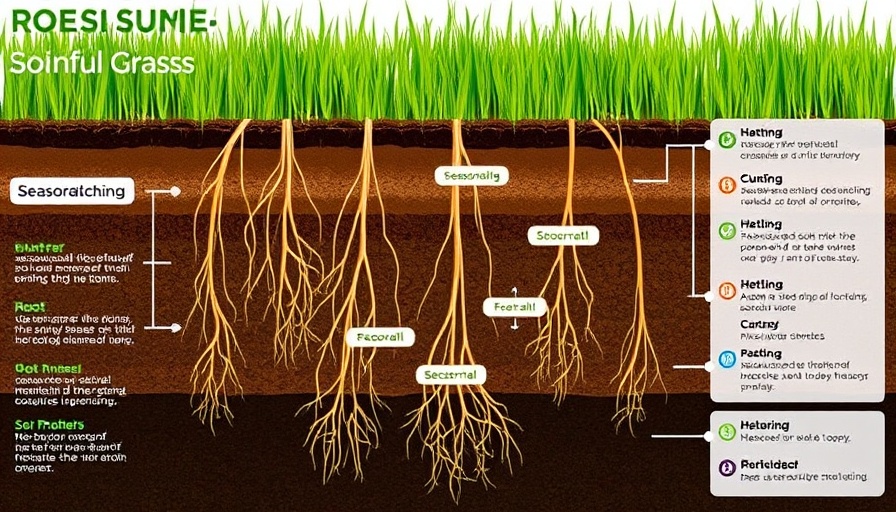
Understanding Winter Desiccation: A Threat to Your Lawn’s Health
Winter desiccation can take a toll on your lawn when grass loses essential moisture to dry winds or overexposure to sunlight while the soil remains frozen. This phenomenon, often manifesting as lifeless and brittle grass, is primarily caused by inadequate snow cover and harsh winter winds.
The Causes Behind Lawn Winter Desiccation
Winter desiccation occurs due to a mix of environmental factors like the absence of snow, which usually acts as a natural insulator, and dry air conditions. Grass roots struggle to absorb water from the frozen ground, leading to severe dehydration of the leaves.
Spotting and Repairing Winter Damage
Typical signs include straw-like leaves and patchy brown areas. Thankfully, most damage can be addressed with proper watering and timely fertilization once spring arrives. It’s crucial to distinguish this from other winter-related issues like snow mold, as the treatments vary.
Practical Tips to Prevent Lawn Desiccation
To safeguard your lawn, consider measures such as maintaining an even cover and ensuring ample watering before winter sets in. By applying these strategies, you’ll be better equipped to maintain a lush, green lawn come spring.
 Add Row
Add Row  Add
Add 


 Add Row
Add Row  Add
Add 

Write A Comment